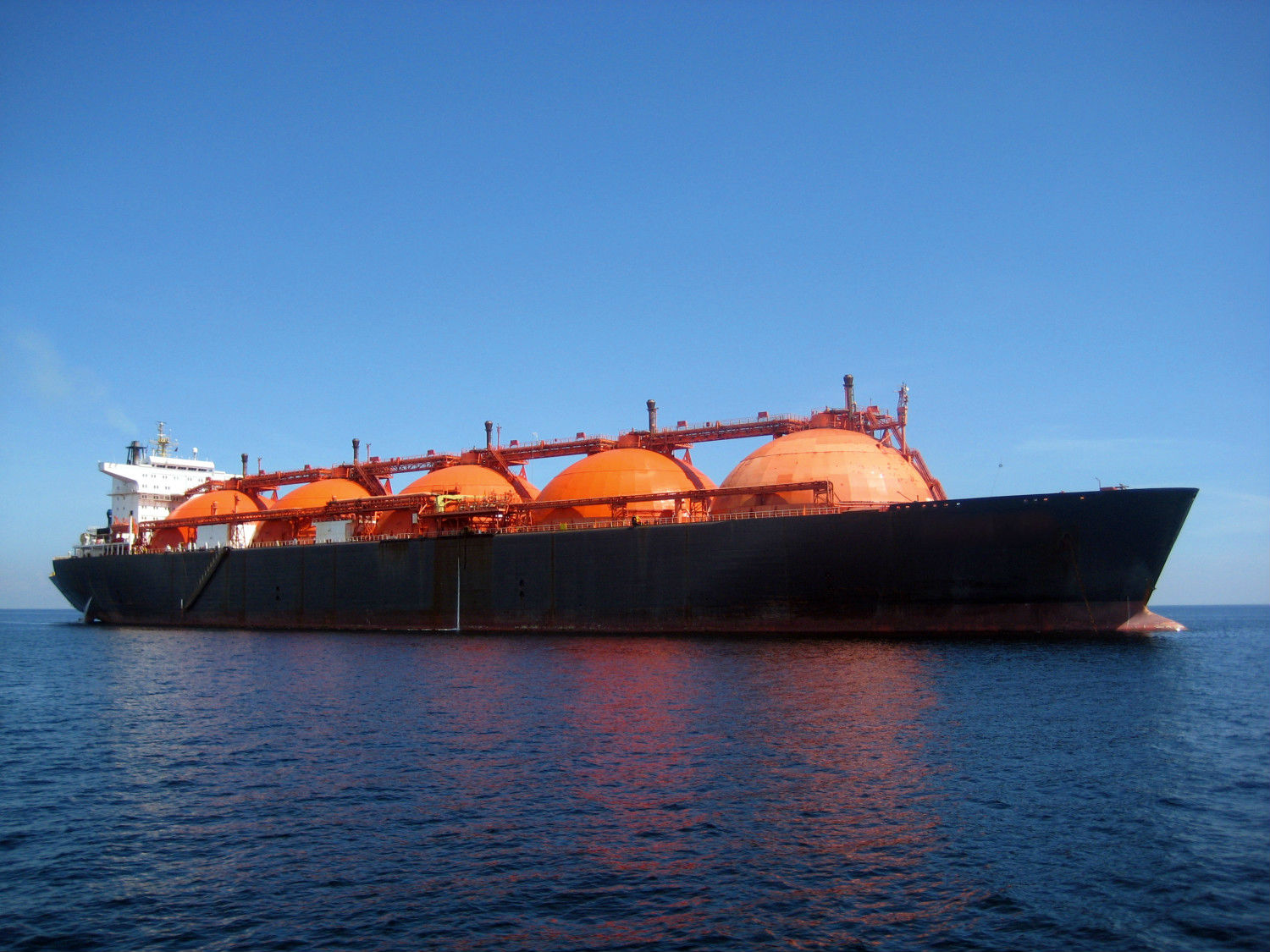A senior energy official said Iran has the potential to break into the global liquefied natural gas market, despite years of stalemate in LNG projects and a significant gap in production compared to rival producers in the region.
"One scenario is gas exports to Europe based on plans to establish small-scale and floating LNG units with 10 million tons in annual production capacity," Ali Kardor, deputy oil minister and chief executive of National Iranian Oil Company, was quoted as saying on Monday by Mehr News Agency.
"The proposed units would each have an output of between 500,000 tons and 2 million tons per year."
An FLNG facility is a seaborne structure that would produce, liquefy, store and transfer LNG at sea before carriers ship it directly to markets.
Iran has close to 34 trillion cubic meters of natural gas reserves, which is around 18% of the global gas reserves. It has been working on several major LNG projects for years to convert its rich gas reserves into revenue, all to no avail.
In the Fourth Five-Year Development Plan (2005-9), Iran aimed to produce 70 million tons of LNG from the South Pars, North Pars, Ferdowsi and Golshan gas fields by launching six LNG production facilities.
After cancelling LNG contracts with French Total, Spanish Repsol, Anglo-Dutch Shell and Malaysia's Petronas by 2008, Iran virtually lost all opportunities in LNG industry.
The country then signed a contract worth $25 billion to develop its gas fields and produce LNG in cooperation with China's Sinopec and CEPA, as well as Poland's state-owned gas company and Malaysian Petrofield LNG Company.
Iran also had a contract with Linde AG to build a giant LNG plant, but the German heavyweight refused to supply the equipment due to sanctions.
"Under the present rules and regulations, prominent international companies can implement the country's LNG and FLNG projects," Kardor said, adding that talks have been held with multinationals, including private firms, over LNG projects.
The official also confirmed negotiations with "several Norwegian companies" but declined to reveal names.
"We are in the final stages of negotiations to hand over the ownership of an FLNG project to a Norwegian investor," he said.
Following Tehran's historic nuclear accord with the world powers in July 2015, a number of unnamed European firms have explored opportunities for investment and cooperation in Iran's LNG projects.
According to reports, Belgian government officials have been in talks over an FLNG project, while an agreement was reportedly reached with France late last year to build the country's first floating LNG unit in the Persian Gulf.
LNG Outlook
Ali Kheirandish, former director of Iran Liquefied Natural Gas Company, which pioneered the country's largest LNG project a decade ago known as "Iran LNG", says Iran should turn to LNG exports as shipment of liquefied gas is less risky compared to piped exports and is more cost-effective for long-distance consignments.
"Iran LNG had made a 60% progress with $1.85 billion in investment … It can be completed in two years via a total investment of $3-4 billion," Kheirandish told Forsat Emrooz daily, adding that the project came to a halt three years ago.
The official added that LNG prices are a function of oil and gas prices, and dozens of LNG projects worldwide were canned in the past two years as the value of oil more than halved from its peak levels in 2014.
But he drew a positive picture for Iran's future plans in the nascent industry.
"LNG projects would be profitable even with crude oil at $20-30 a barrel," he said.
Kheirandish underscored the upward growth curve in the global LNG market and said Iran can gain a small share of the market.
"Qatar's annual LNG output is close to 80 million tons a year, Australia 40 million tons, Russia 30 million tons, Algeria 20 million tons and Indonesia 15 million tons," he said.


